If a company can win a prize for the longest product name, Selle Italia would surely be on the shortlist with this Selle Italia Novus Boost Evo Gravel TM Superflow saddle. Aimed at gravel riding, some will likely be skeptical by the specific design use, but is there any justification behind the specific design purpose?
- Specialized Romin Evo Comp Mimic saddle review
- Women’s saddle guide - how to choose the best women's saddle
- Best mountain bike saddles
Selle Italia Novus Boost Evo Gravel TM Superflow – Technical details
First, let’s get to the name and what it means. Novus is the general shape and the Novus is a range that existed before, with versions that are aimed mostly toward the road. Boost refers to the saddle length, which is shorter than others in the range. Evo refers to the updated design, and gravel the specific purpose. TM refers t the Tubular Manganese rails, and Superflow is the central cut-out.
The saddle is available in a single length and width, and measures 245mm x 145mm, with a short nose design that measures 50mm at the narrowest point.
The claimed weight of 242g was a little out and our test saddle weighed 256g, only a slight and acceptable variation. The rails are standard 7mm in size and made from Manganese steel alloy with claims of being light as well as flexible. Manganese is a trace element, and while Selle Italia does not give an exact figure, there is likely to be less than 1% manganese within the alloy of the rail material.
Compared to the standard road version Selle Italia has added extra padding, and this is noticeable when looking at pictures of both beside one another, although based on claimed weights, the gravel version is marginally lighter, 242g vs 265g.
Selle Italia Novus Boost Evo Gravel TM Superflow – Performance
Fitting the saddle was straightforward. With 60mm of adjustment on the horizontal area of the rails (which is typical for most saddles), the length of adjustment is good.
Saddles are a very personal item and what works for one person does not mean it will work for everyone. From the first ride, I found the width at the rear to be a good match but the broad front section was less suited. The transition from the rear to front is gradual and, with a wide saddle nose, I found my thighs rubbed the saddle more than I would like. This is quite likely to be a personal fit issue, with pedaling stance and style that may be a factor. Selle Italia has a size-match system that attempts to match riders to saddles, and this Novus Boost is within idmatch L3.
As a general saddle, away from the front nose area, I found it to be comfortable for all styles of riding. On the road, it is firm enough not to affect pedaling but there is some depth to the material that adds comfort when seated off-road, for both higher frequency vibrations and rougher surfaces. The padding feels dense, with a gel-like material that springs back quickly.
The padding is the key area for comfort, as both the manganese rails and nylon polymer base are very firm with barely any flex - and there is no movement visible to the “Shock Absorber” fitted under the front rail attachment.
Selle Italia gives no information on the cover material or if it is different from the road versions, other than the colours offered. Selle Italia produces an X-Cross version that features abrasion-resistant material on the outer edge but wasn't present on the Gravel version we got for testing. The covering has proved to be durable, even riding in muddier, grittier conditions that I have found can wear the finish off more delicate saddles and it gives me confidence the saddle will stand up to long-term use in all conditions. It feels grippy and, despite the glossy look, the fabric is not slippery at all.
Selle Italia Novus Boost Evo Gravel TM Superflow – Verdict
The mouthful that is the Novus Boost Evo Gravel TM Superflow retails for £115 and that puts it above most other saddles aimed at the same market. Within the region of £50-75, there are many other saddles that have a specification that is very similar, both on size, rail, and cover materials with examples such as the Giant Romero SL and the SDG Bel Air V3, offering great value options that undercut the Selle Italia Novus.
Does riding a gravel bike require a specific saddle? I don’t think so but there are certain features that I believe will make a saddle more suited, with a durable outer material being one of the biggest requirements. If you like a short-nosed and wide-fronted saddle the Novus range will suit you within the Selle Italia range but don’t feel you need this specific version for riding a gravel bike.





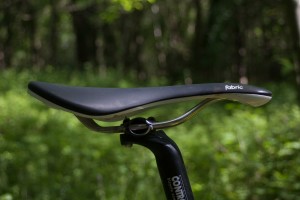

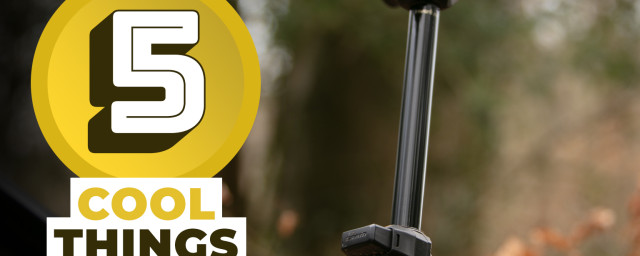
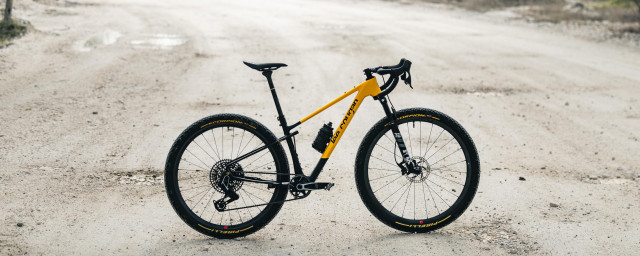


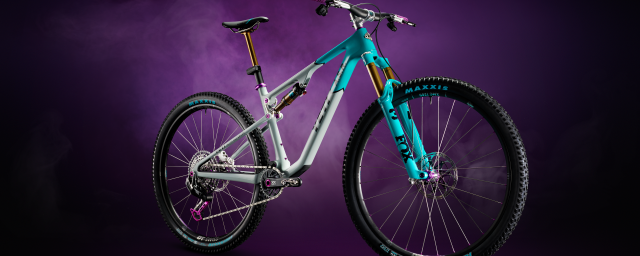
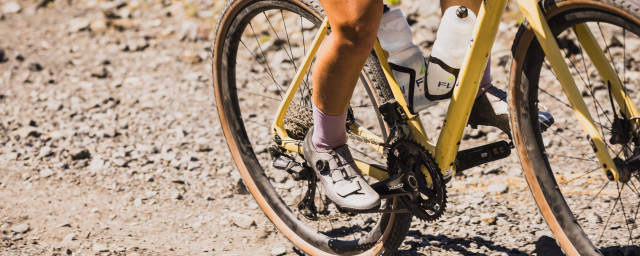

Add comment